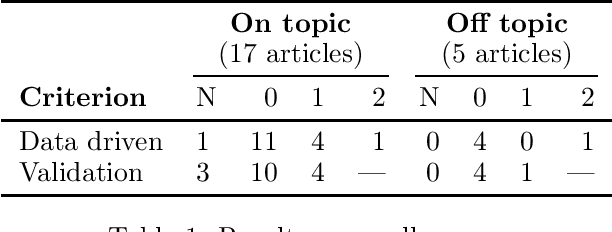Explainable AI: Beware of Inmates Running the Asylum Or: How I Learnt to Stop Worrying and Love the Social and Behavioural Sciences
Paper and Code
Dec 05, 2017
In his seminal book `The Inmates are Running the Asylum: Why High-Tech Products Drive Us Crazy And How To Restore The Sanity' [2004, Sams Indianapolis, IN, USA], Alan Cooper argues that a major reason why software is often poorly designed (from a user perspective) is that programmers are in charge of design decisions, rather than interaction designers. As a result, programmers design software for themselves, rather than for their target audience, a phenomenon he refers to as the `inmates running the asylum'. This paper argues that explainable AI risks a similar fate. While the re-emergence of explainable AI is positive, this paper argues most of us as AI researchers are building explanatory agents for ourselves, rather than for the intended users. But explainable AI is more likely to succeed if researchers and practitioners understand, adopt, implement, and improve models from the vast and valuable bodies of research in philosophy, psychology, and cognitive science, and if evaluation of these models is focused more on people than on technology. From a light scan of literature, we demonstrate that there is considerable scope to infuse more results from the social and behavioural sciences into explainable AI, and present some key results from these fields that are relevant to explainable AI.
 Add to Chrome
Add to Chrome Add to Firefox
Add to Firefox Add to Edge
Add to Edge